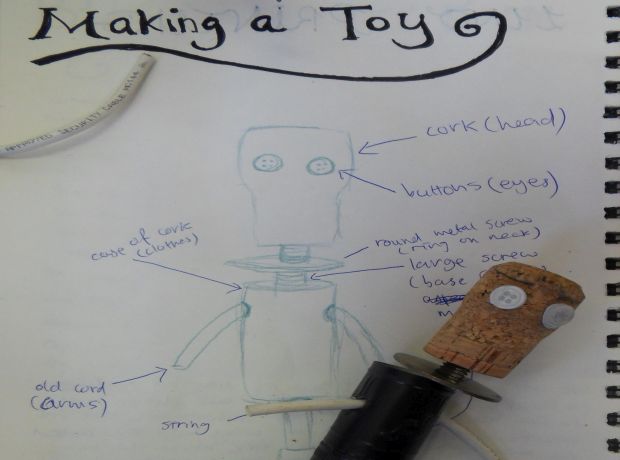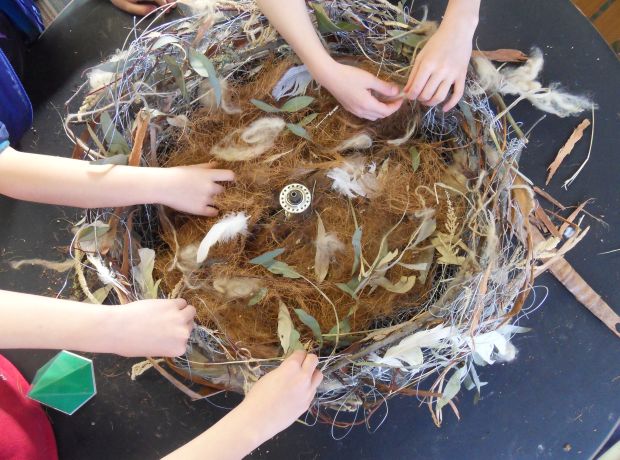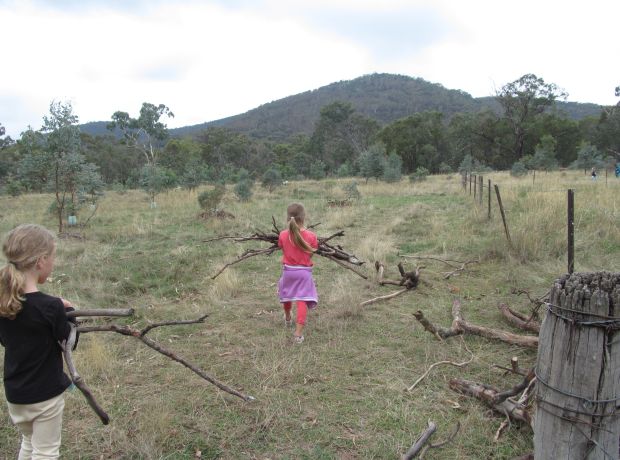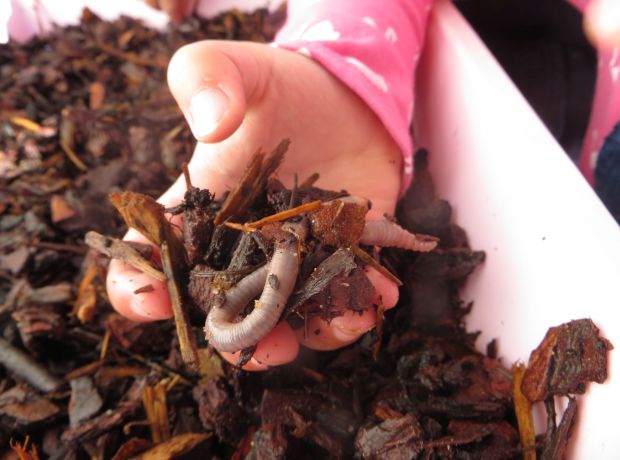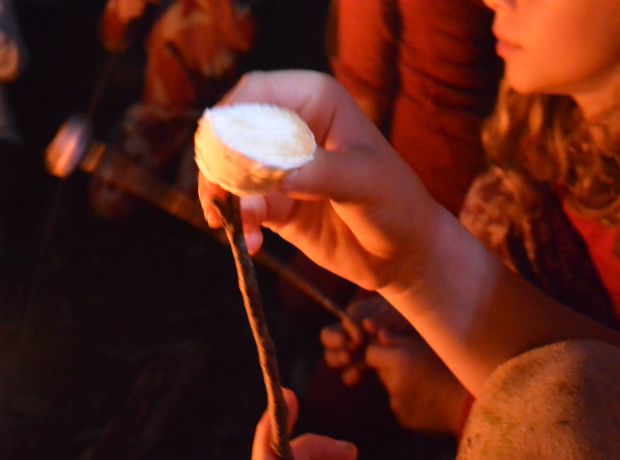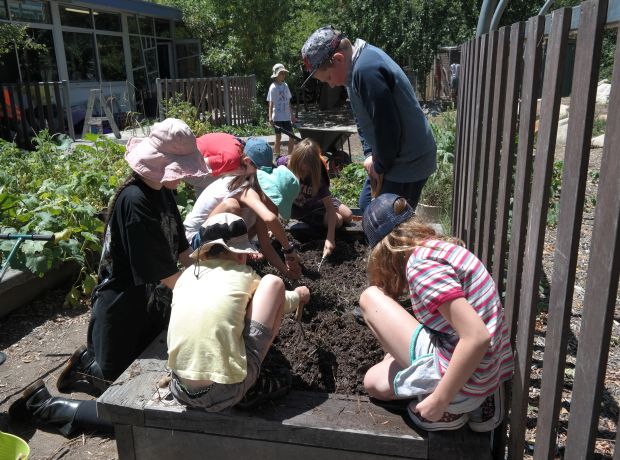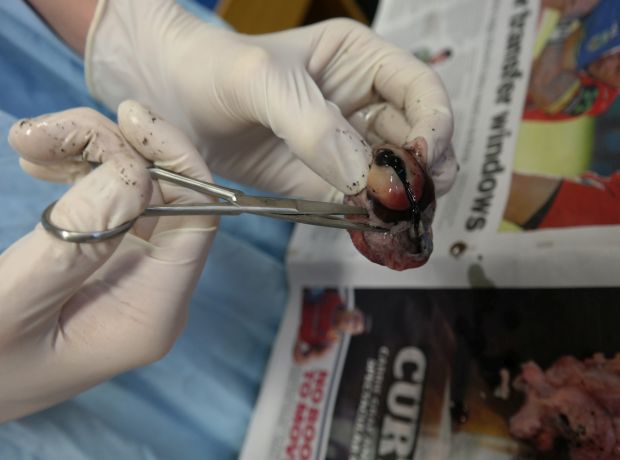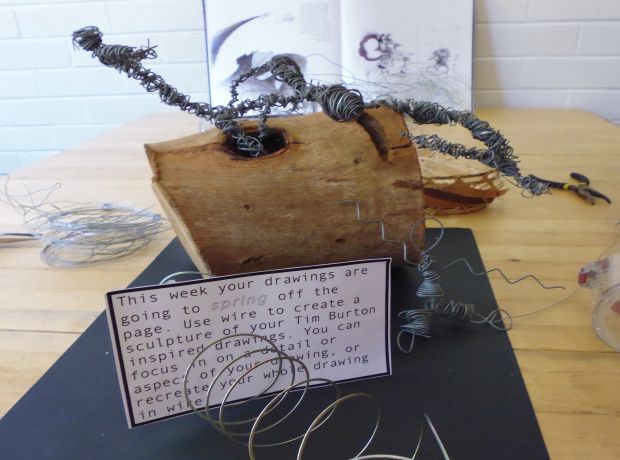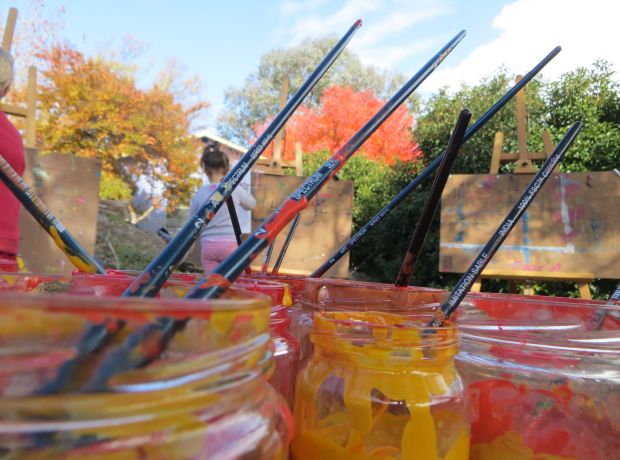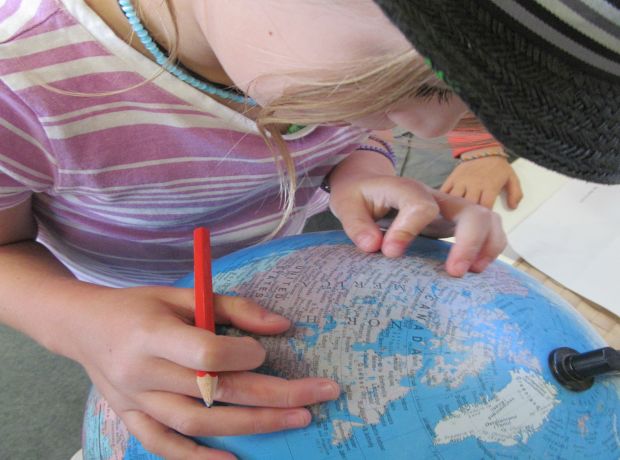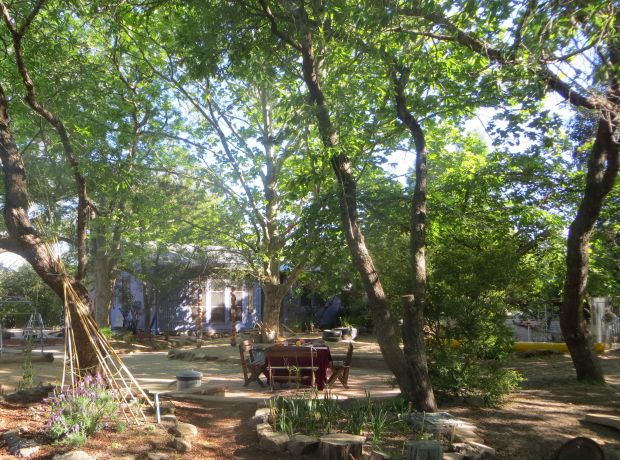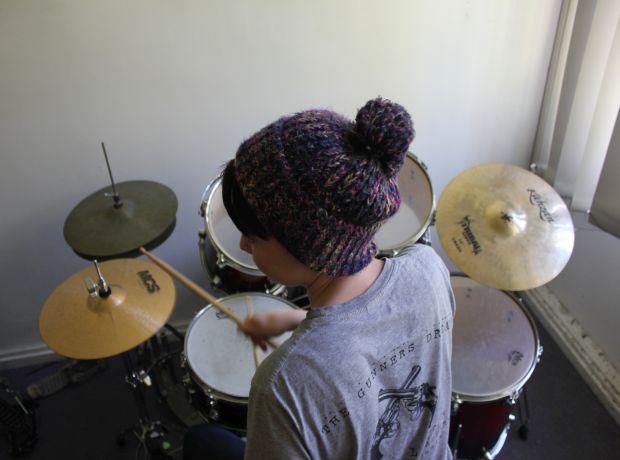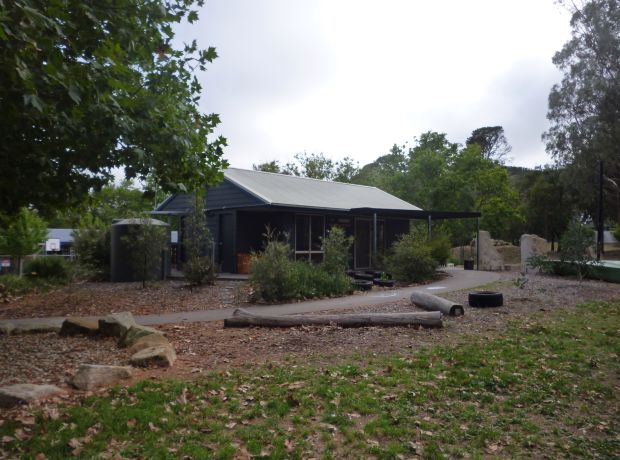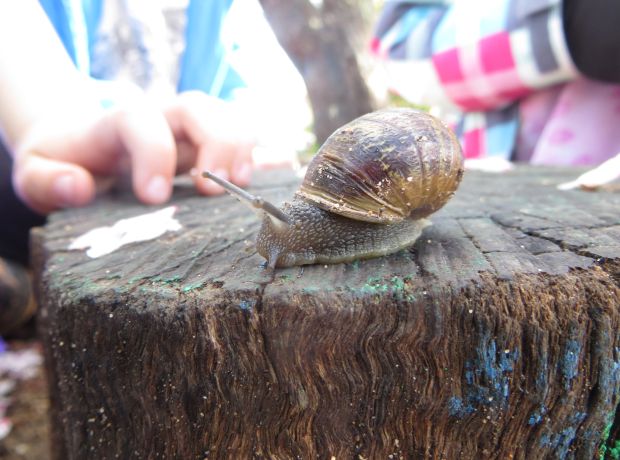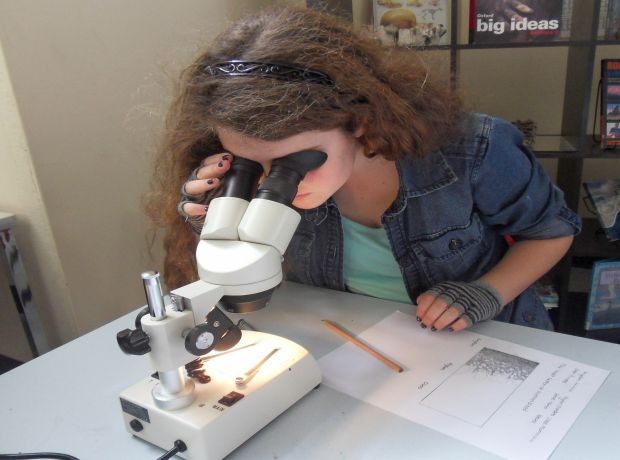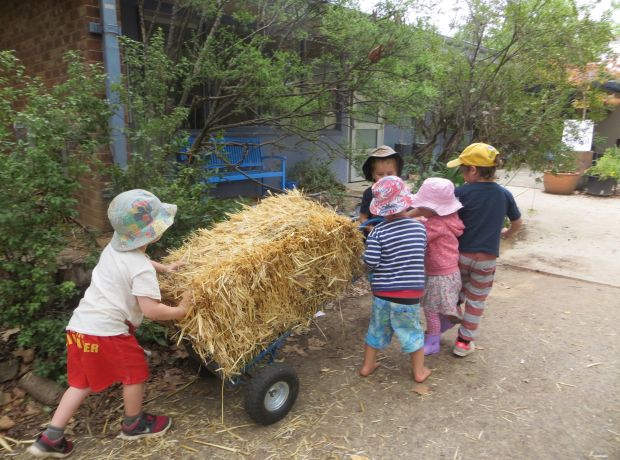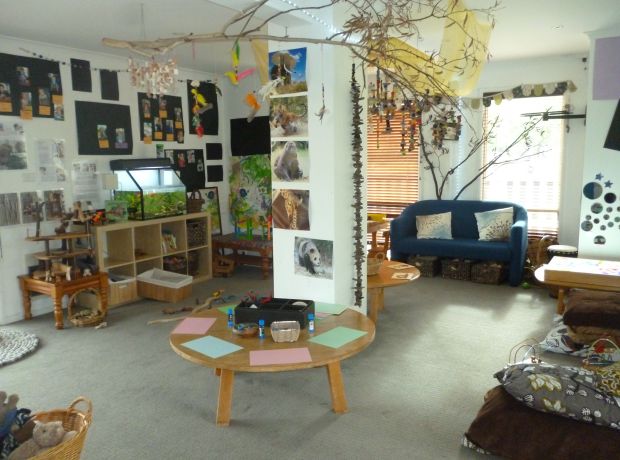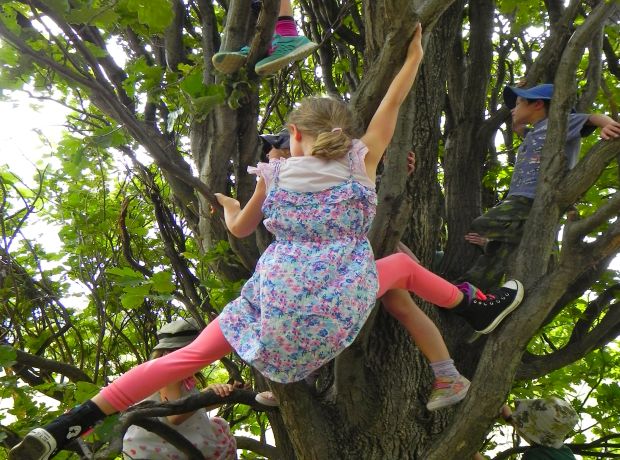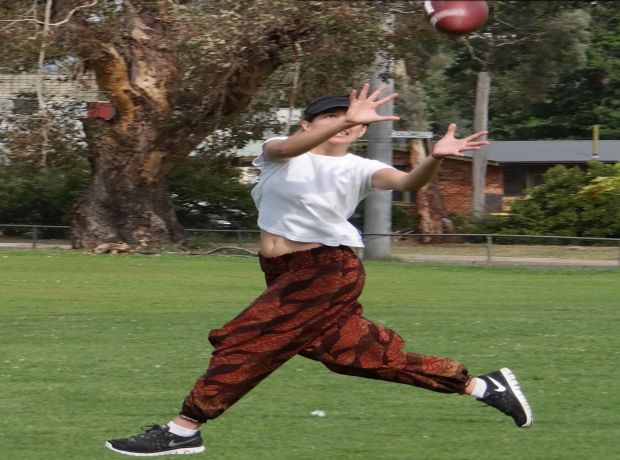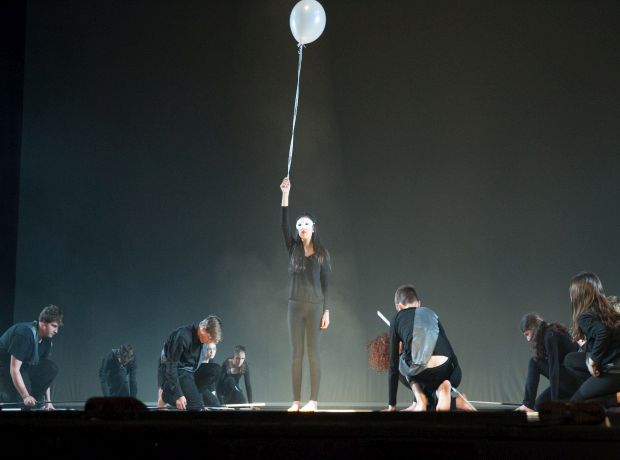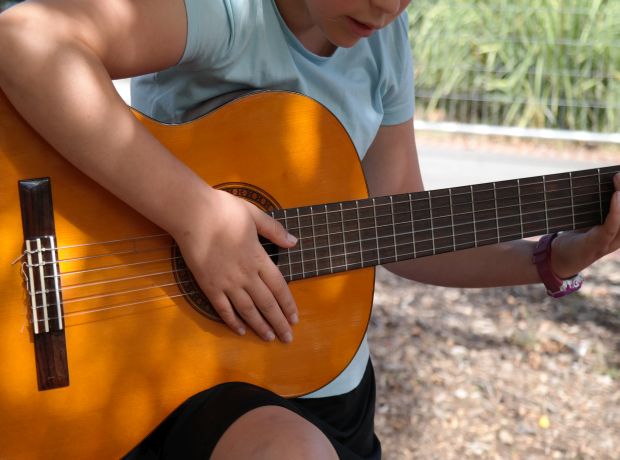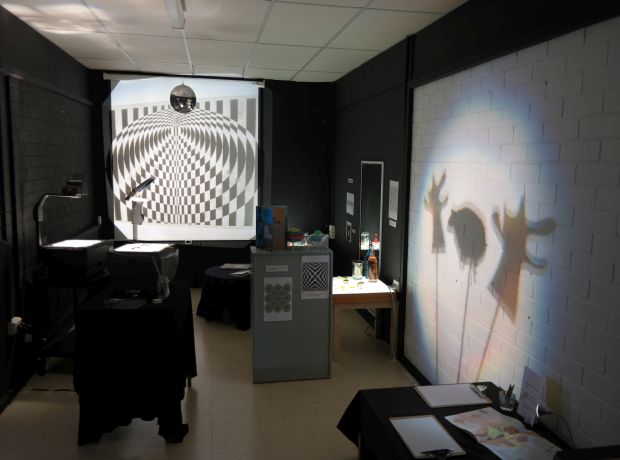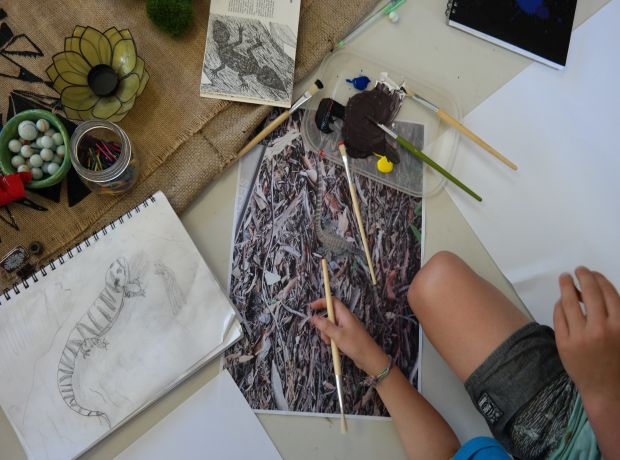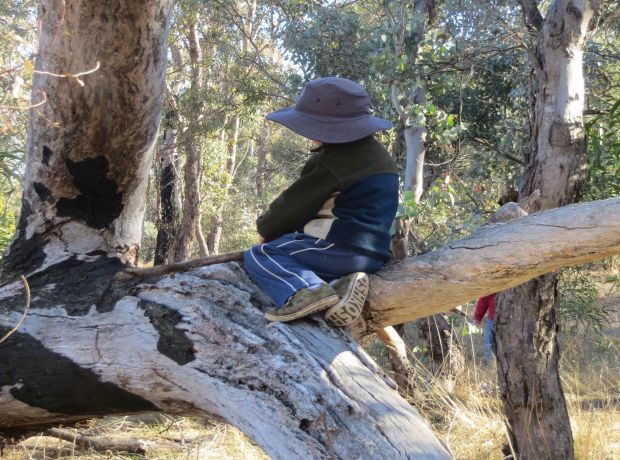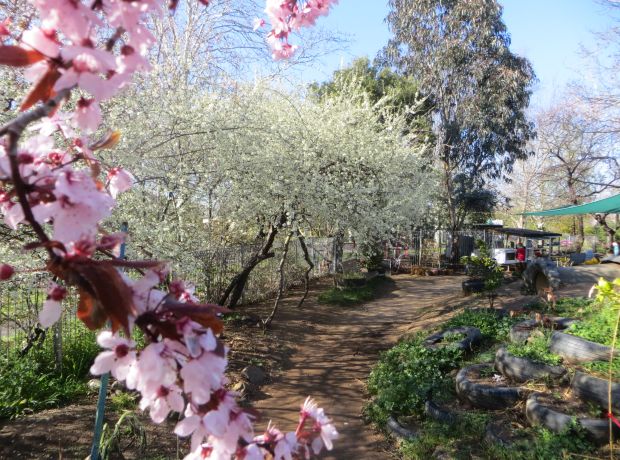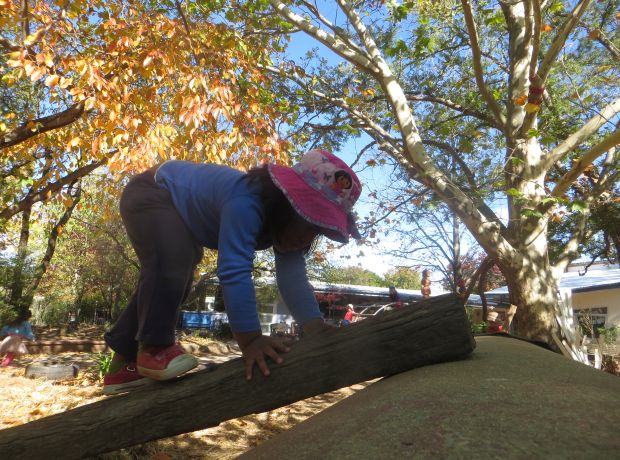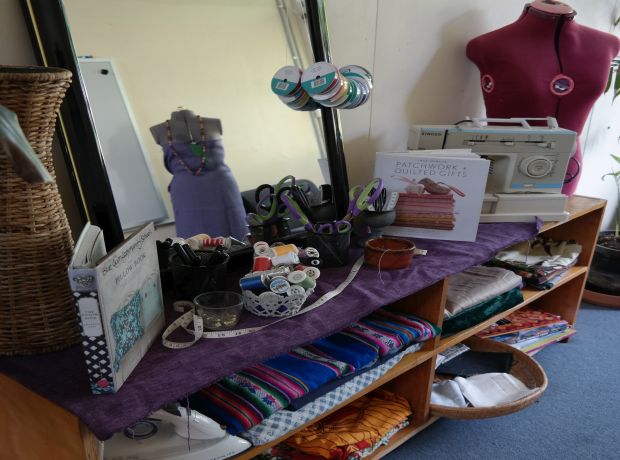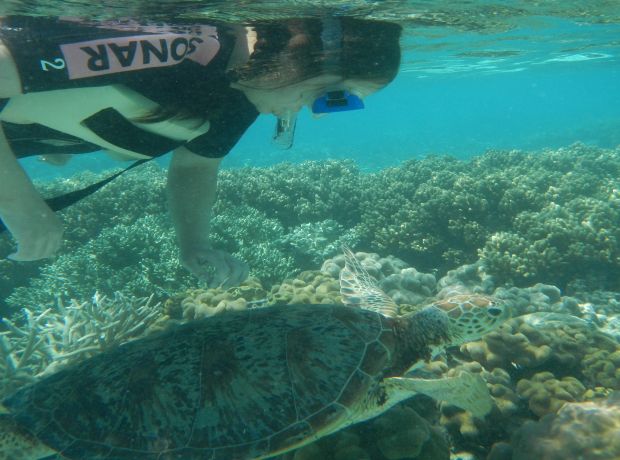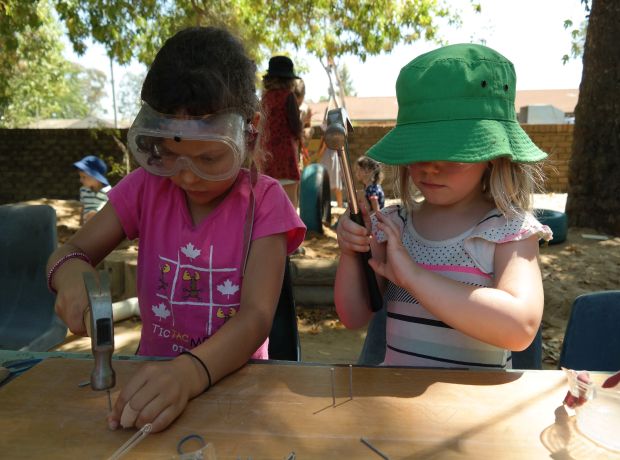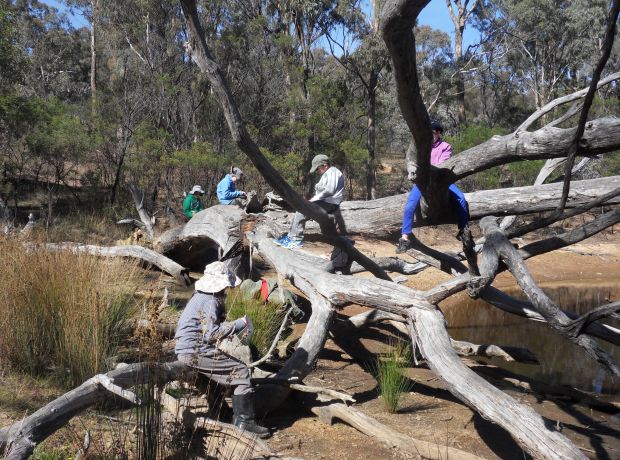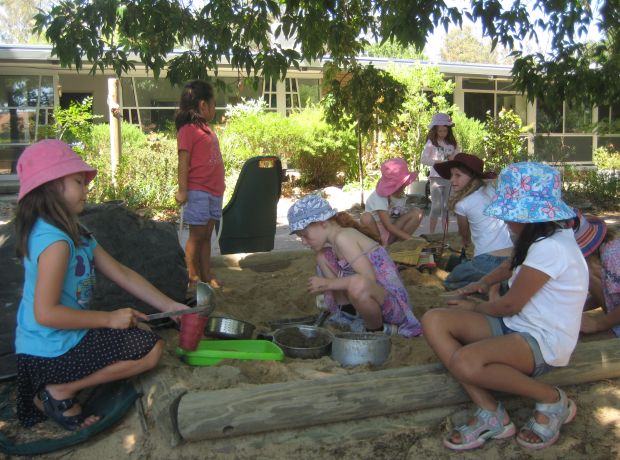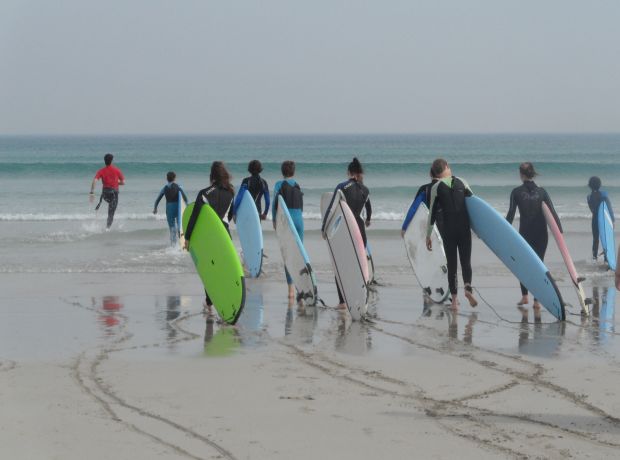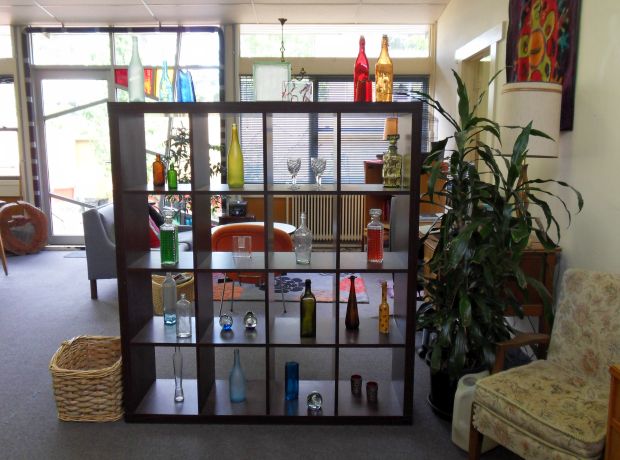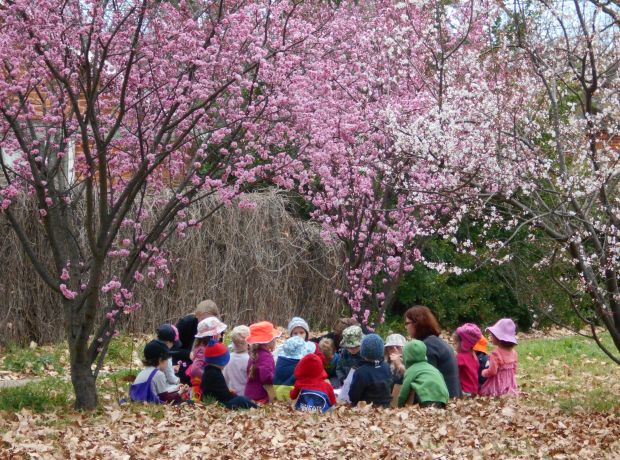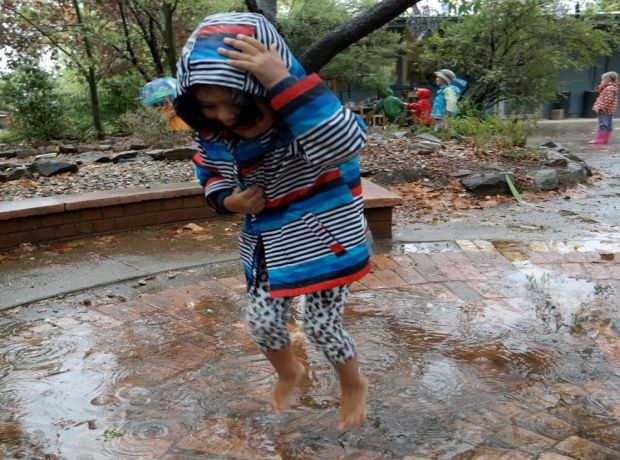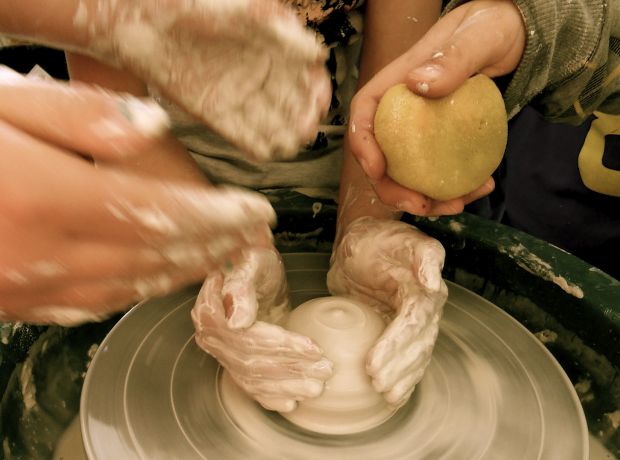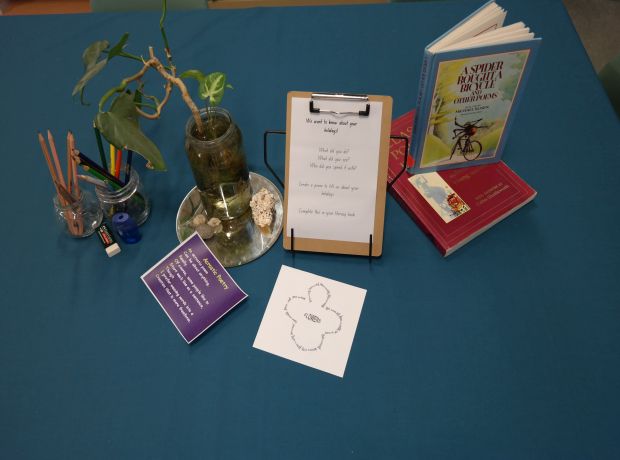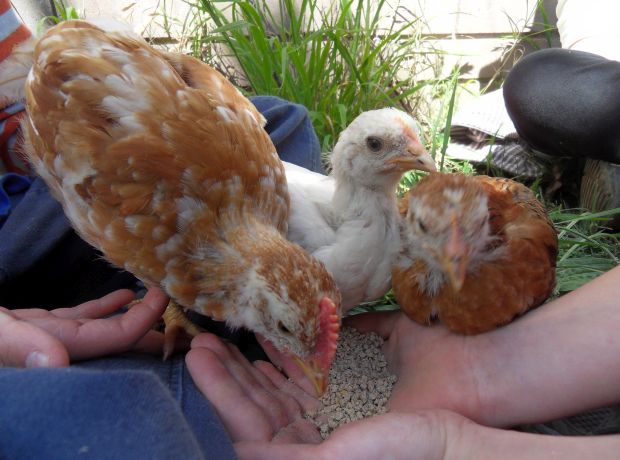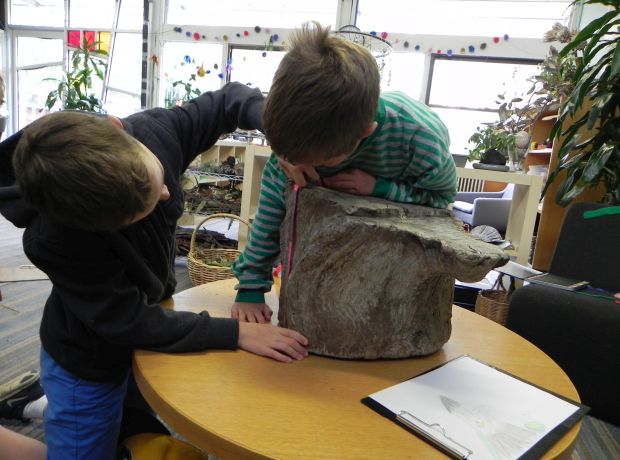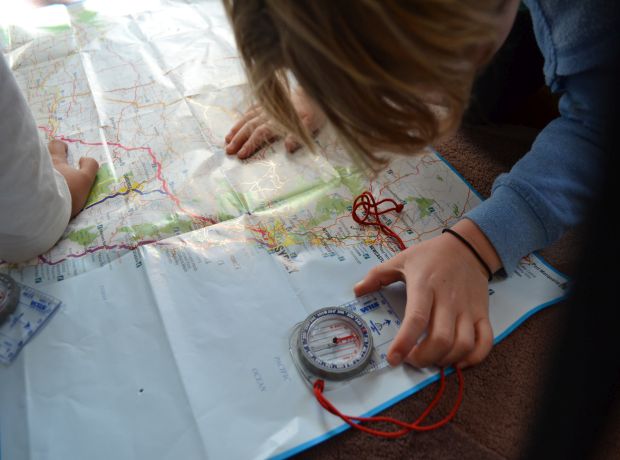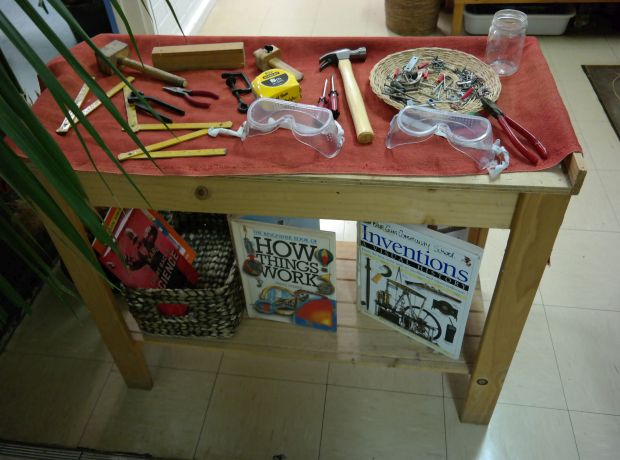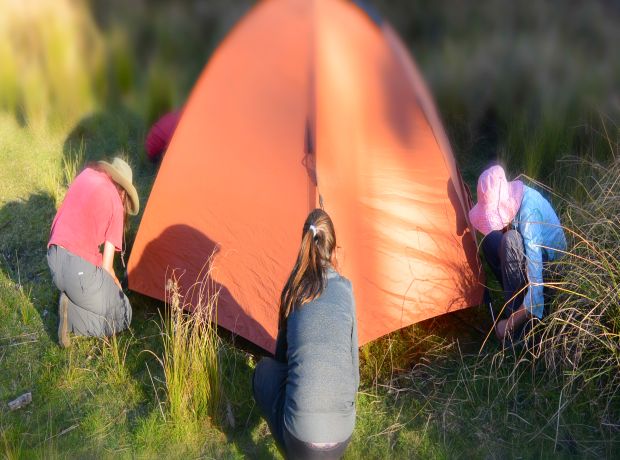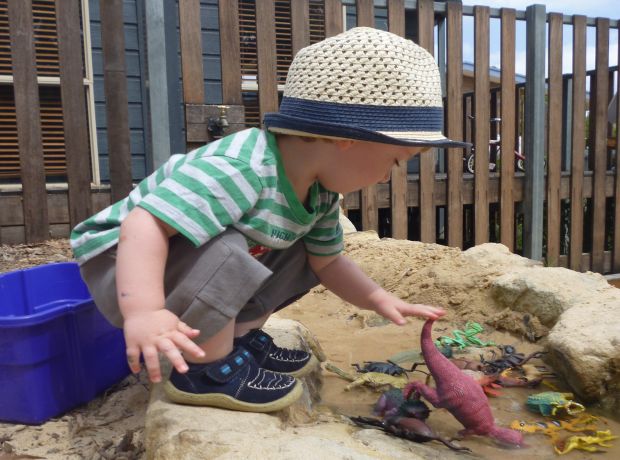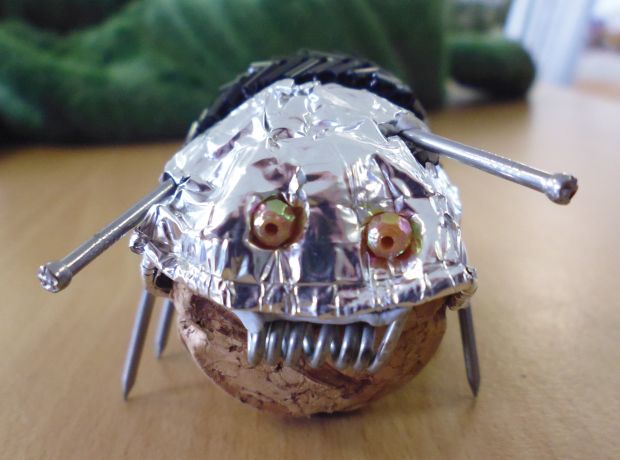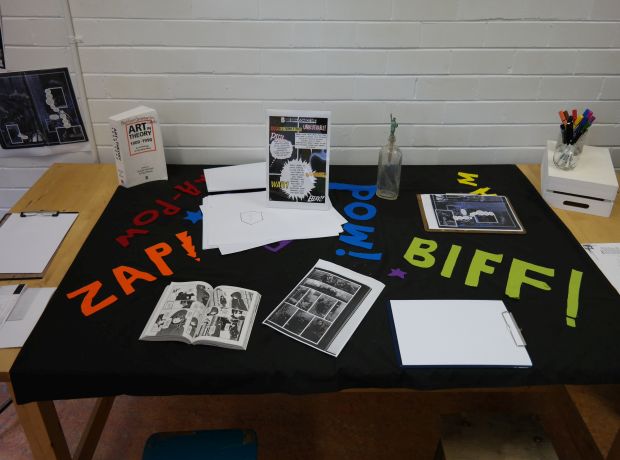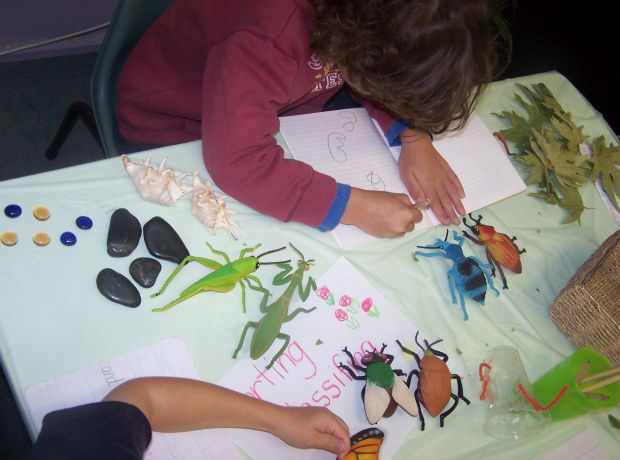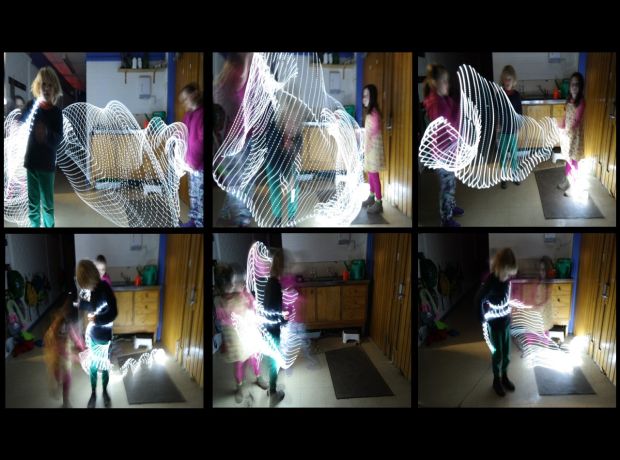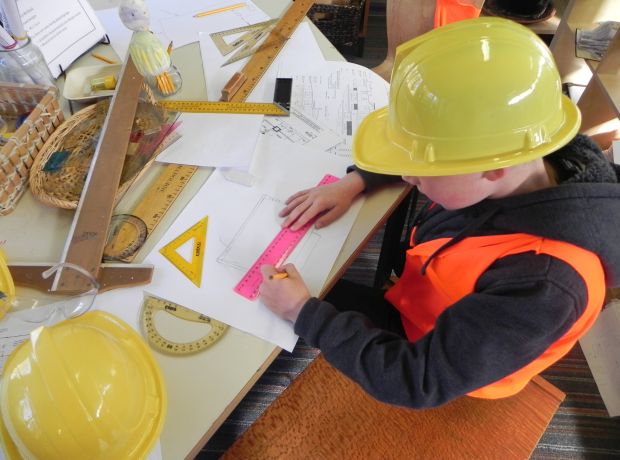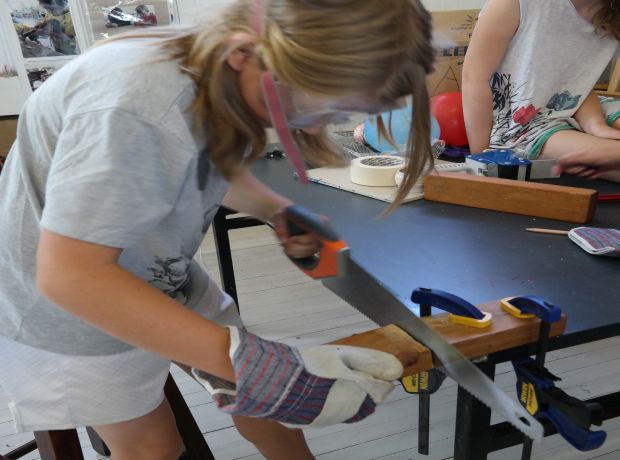Blue Gum Community School (Blue Gum) is a small community-based, secular independent school offering education programs for 0-16 year olds. Opened in 1998 and located in Canberra, Australia, Blue Gum is ‘Australian-made’ and named after a robust Australian native eucalypt tree. Our school values our Australian context, environment and inheritance, but connects globally – sharing with, and learning from, educators in other cultures. Blue Gum adopts a personalised, strengths-based approach to education where every student can be successful. Our smallness is our strength – students’ individual interests and passions contribute to their learning community’s exploration of unlimited research possibilities. Influential philosophical reference points are Project-Based Learning, the Reggio Emilia experience, Big Picture Education, Slow Schooling, Nature Education, Place-Based Education, Positive Psychology etc.
SLOW SCHOOLING & BLUE GUM: Academic article profiling Blue Gum – Dr Stephen J Smith (2017), Slow Down and Smell the Eucalypts: Blue Gum Community School and the Slow Education Movement, article in Journal of Global Education and Research (JGER), vol 1 no 1, pp 16-34:
Abstract“This paper investigates and analyses the features of a non-mainstream pedagogy, educational context and learning environment by presenting a counter-model which contrasts with the currently dominant educational project, an emergent global educational movement known as the Slow Education Movement. It demonstrates how the associated principles and praxes of a particular ethos and its philosophical foundations guide teaching and learning. Set against the background of the Slow Education Movement, the paper draws on a case study to illustrate some of the foundational principles and practices of that movement. The paper outlines the educational ethos, philosophy, processes and practices of Blue Gum Community School and how the teaching and learning practices contribute to the development of skills that increase student resilience, positive emotion, engagement and meaning in a learning environment of authentic student research and academic rigor. The paper fulfils an introductory and exploratory purpose into the area of non-mainstream education which, it is envisaged, will be built upon through further research and deeper analysis of the methods and strategies employed in the teaching and learning processes employed in such educational environments.”
https://jger.anahei.org/wp-content/uploads/01-01-03-Slow-Down-and-Smell-the-Eucalypts-Blue-Gum-Community-School-and-the-Slow-Education-Movement-JGER.pdf
More information on Influential Reference Points
History of Blue Gum
In 1998, Blue Gum Community School opened Canberra’s first Early Learning Centre. Families were quick to appreciate the benefits of our flexible, extended-hours Preschool for 3 year olds as well as 4 year olds. Pressure grew from families keen to continue this way of learning beyond preschool. So Blue Gum now offers programs from Playgroups through to Year 10. Graduates then move into Canberra’s college system for Years 11 & 12 – and appreciate their strong grounding as a self-directed learner/researcher with a strong sense of community.
Who founded Blue Gum?
A group of educators and parents who saw a rapidly-changing world around them, but a school system that was failing to keep pace. Disappointed with the mass-produced one-size-fits-all approach to education, they formed a not-for-profit community group, Best-Practice Education Group, to explore better ways of preparing students for life in the 21st century.
While inspired by research emanating from Italy, Finland, the United States and Scotland, Blue Gum is keen to develop a uniquely Australian learning environment. Blue Gum neither mimics schools elsewhere, nor imports ‘franchised’ educational approaches from other countries or from previous eras. Educators remain conscious of the dangers of becoming isolated and inward-looking on our island continent, so regularly search globally for new linkages and travel overseas to investigate new ideas first-hand.
Traditionally, schooling was modelled around the workplace pupils would enter – commonly the factory or assembly line. The teacher’s role was that of expert, passing on his/her accumulated knowledge to students, who would learn it ‘off by heart’ and reproduce it exactly. This ‘transmission theory’ of knowledge still underpins many educational settings, which then test and classify students based on how well they can regurgitate this accepted wisdom.
But this ‘transmission’ model has limited use in our world where change is the most constant feature – new technologies, new modes of communication, new challenges, new experiences. Yesterday’s solutions offer limited answers for today’s questions, let alone tomorrow’s. How can students learn the answers for tomorrow’s questions, when we have no idea what they will be? What do you teach students today, if society’s accumulated knowledge is beyond the memory banks of any one person, but can be retrieved at the press of a button via the Internet (with a much higher rate of accuracy!) Are schools to be relegated to showing students how to retrieve data? Is this appropriate, when students’ technological expertise often outstrips that of their teachers? Are schools no longer necessary?
Blue Gum believes it is time to rethink the traditional schooling model. Today’s schools need to reflect the world around them – a world where people work with others on projects; where their initiative, creativity, research, problem-solving and negotiation skills are essential tools. These are the skills students need to practise every day.
21st century learning must be a dynamic and interactive process; this is the exciting and challenging research environment Blue Gum offers students.


